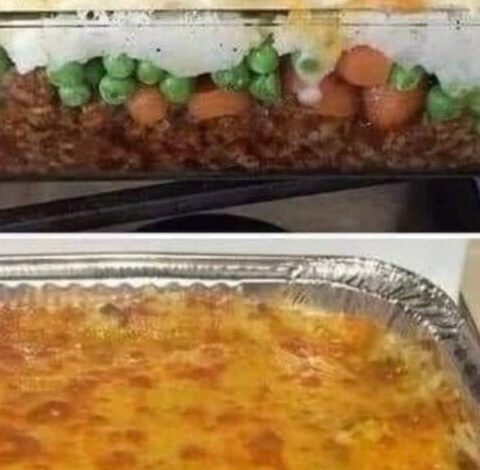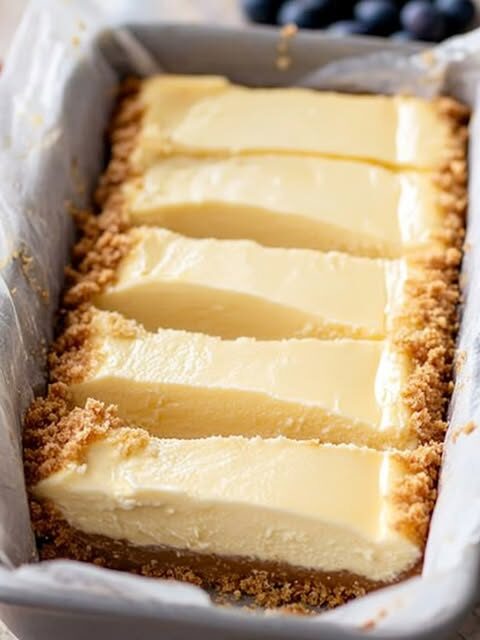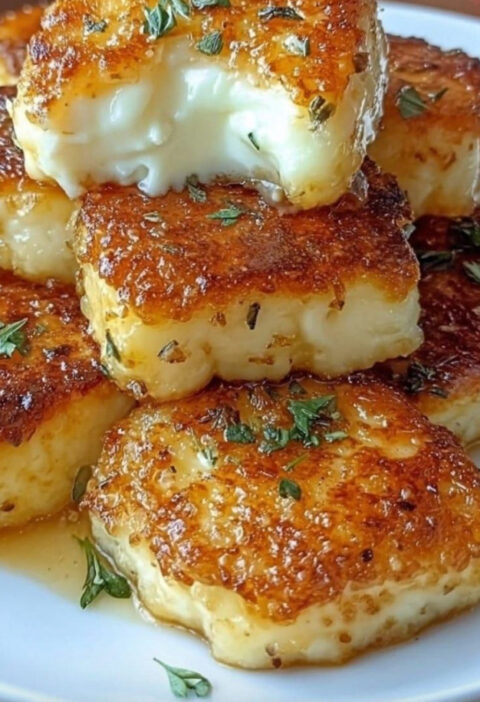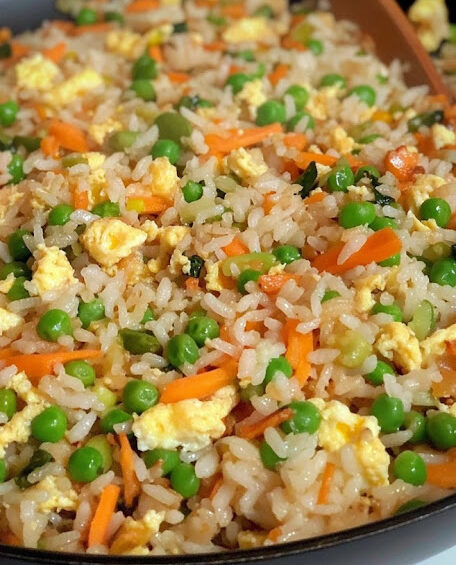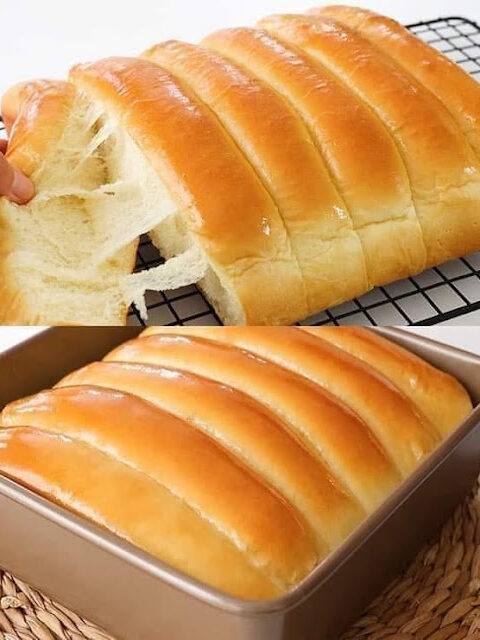Introduction to French Toast Recipes
French toast has a rich history that dates back centuries, with roots tracing to ancient Roman times. Originally known as “pain perdu” or “lost bread,” it was a way to salvage stale bread by soaking it in a mixture of eggs and milk before frying. Over time, this humble dish evolved into the delectable treat we know today.
Exploring the Culinary Tradition of French Toast
French toast is not just a meal; it’s a culinary tradition that has been passed down through generations. Its simplicity belies its versatility, making it suitable for breakfast, brunch, or even dessert. From the basic ingredients to the myriad of variations, there’s endless room for creativity when it comes to French toast.
Historical Origins of French Toast
The origins of French toast can be traced back to medieval Europe, where frugal cooks found ways to repurpose leftover bread. In France, it became known as “pain perdu,” while in England, it was called “poor knights’ pudding.” Regardless of its name, the concept remained the same: transforming stale bread into a delicious and satisfying dish.
Basic French Toast Recipe
French toast is a timeless breakfast favorite that requires just a few simple ingredients and minimal preparation. Let’s explore how to make the perfect batch of basic French toast.
Ingredients for Classic French Toast
To make basic French toast, you’ll need:
- Bread: Use thick slices of bread such as brioche, challah, or French bread for best results.
- Eggs: Eggs serve as the base for the custard-like mixture that coats the bread.
- Milk: Whole milk or heavy cream adds richness to the custard.
- Vanilla extract: A splash of vanilla extract enhances the flavor of the French toast.
- Cinnamon: Ground cinnamon adds warmth and depth to the dish.
- Butter or oil: For frying the French toast slices until golden brown.
Step-by-Step Instructions for Making French Toast
- Prepare the Custard: In a shallow bowl, whisk together eggs, milk, vanilla extract, and cinnamon until well combined.
- Soak the Bread: Dip each slice of bread into the custard mixture, ensuring that both sides are evenly coated.
- Cook the French Toast: Heat a skillet or griddle over medium heat and add butter or oil. Place the soaked bread slices onto the hot surface and cook for 2-3 minutes per side, or until golden brown and crispy.
- Serve Hot: Transfer the cooked French toast to a plate and serve immediately with your favorite toppings and syrup.
Variations of French Toast
Once you’ve mastered the art of basic French toast, it’s time to get creative and experiment with different flavors and ingredients. Here are some delightful variations to add a unique twist to your breakfast routine.
Stuffed French Toast Varieties
- Cream Cheese and Berry: Spread a layer of cream cheese between two slices of bread, then add a handful of fresh berries before dipping in the custard mixture. The creamy filling and burst of fruity flavor make this a decadent treat.
- Nutella and Banana: Spread Nutella generously on one slice of bread and layer thinly sliced bananas on top before sandwiching with another slice. The combination of chocolate-hazelnut spread and sweet bananas creates a delightful indulgence.
- Cinnamon Apple: Sauté thinly sliced apples with butter, cinnamon, and a touch of brown sugar until soft. Place the cooked apples between slices of bread before dipping in the custard mixture. The warm and comforting flavors of cinnamon and apple make this perfect for fall mornings.
Savory French Toast Options
- Ham and Cheese: Layer slices of ham and cheese between two slices of bread to create a savory sandwich. Dip in the custard mixture and fry until golden brown for a savory twist on traditional French toast.
- Spinach and Feta: Sauté fresh spinach with garlic until wilted, then stir in crumbled feta cheese. Spread the spinach and feta mixture between slices of bread before dipping in the custard mixture. The savory combination of spinach and tangy feta cheese is a delightful departure from sweet French toast.
- Bacon and Egg: Cook crispy bacon and fried eggs to your liking. Place the cooked bacon and eggs between slices of bread, then dip in the custard mixture and fry until golden brown. This hearty variation combines all the flavors of a classic breakfast in one delicious dish.
Gluten-Free and Vegan French Toast Alternatives
- Gluten-Free Bread: Use gluten-free bread slices instead of traditional bread to make gluten-free French toast. Ensure that the bread is sturdy enough to hold up to soaking in the custard mixture.
- Vegan Custard: Replace eggs and dairy milk with plant-based alternatives such as almond milk, coconut milk, or soy milk. Whisk together with vanilla extract and a pinch of cinnamon for a vegan-friendly custard mixture.
- Tofu French Toast: Dip slices of firm tofu in a mixture of almond milk, nutritional yeast, and spices before frying until golden brown. This protein-packed alternative is perfect for those following a vegan diet.
Gourmet French Toast Creations
Elevate your breakfast game with these indulgent gourmet French toast creations that are sure to impress even the most discerning palates. From decadent toppings to unique flavor combinations, these recipes will take your French toast experience to the next level.
Decadent Toppings and Garnishes
- Bananas Foster: Sauté sliced bananas in butter, brown sugar, and a splash of rum until caramelized. Serve over French toast and drizzle with a generous amount of caramel sauce for a luxurious treat.
- Lemon Ricotta: Mix ricotta cheese with lemon zest and a touch of honey. Spread the lemon ricotta mixture on top of each slice of French toast and garnish with fresh berries and a sprinkle of powdered sugar for a light and refreshing twist.
- Peanut Butter and Jelly: Spread creamy peanut butter and your favorite fruit preserves between slices of French toast for a nostalgic yet sophisticated take on a childhood classic. Top with chopped peanuts for added crunch.
Unique Flavor Combinations
- Matcha and Coconut: Whisk matcha powder into the custard mixture for a vibrant green hue and subtle earthy flavor. Top the French toast with toasted coconut flakes and a drizzle of honey for a tropical-inspired delight.
- Chai Spice: Infuse the custard mixture with chai spices such as cinnamon, cardamom, ginger, and cloves for a warm and aromatic flavor profile. Serve with a dollop of whipped cream and a sprinkle of chai spice blend for an indulgent treat.
- S’mores: Sandwich marshmallow fluff and chocolate chips between slices of French toast and toast until the marshmallow is gooey and the chocolate is melted. Finish with a sprinkle of graham cracker crumbs for a decadent dessert-inspired breakfast.
Presentation Tips for Instagram-Worthy French Toast
- Stacking: Create a visually stunning presentation by stacking French toast slices on top of each other, alternating with layers of toppings and garnishes.
- Drizzling: Use a squeeze bottle to drizzle sauces such as caramel, chocolate, or berry coulis in artistic patterns over the French toast for a professional touch.
- Garnishing: Elevate the presentation of your French toast by garnishing with fresh herbs, edible flowers, or finely chopped nuts for added texture and visual appeal.
Serving Suggestions and Pairings
French toast is a versatile dish that pairs well with a variety of beverages and accompaniments. Whether you’re hosting a brunch gathering or enjoying a leisurely breakfast at home, these serving suggestions will enhance your French toast experience.
Perfect Beverages to Accompany French Toast
- Coffee: Start your day with a cup of freshly brewed coffee to complement the rich flavors of French toast. Opt for a smooth and balanced medium roast or indulge in a creamy latte for a luxurious treat.
- Tea: For a lighter alternative, pair French toast with a fragrant cup of tea. Choose from classic black tea varieties such as Earl Grey or Darjeeling, or opt for herbal blends like chamomile or peppermint for a refreshing twist.
- Fresh Juice: Brighten up your breakfast table with a refreshing glass of freshly squeezed orange juice or grapefruit juice. The citrusy flavors will provide a refreshing contrast to the richness of the French toast.
Seasonal Fruit Pairings
- Berries: Top your French toast with a medley of fresh berries such as strawberries, blueberries, raspberries, or blackberries for a burst of color and flavor. The natural sweetness of the berries complements the subtle sweetness of the French toast.
- Stone Fruits: During the summer months, serve French toast with slices of ripe stone fruits such as peaches, nectarines, or apricots. Grilling the fruits adds caramelized flavor and enhances their natural sweetness.
- Apple Compote: Cook sliced apples with cinnamon, sugar, and a splash of lemon juice until soft and caramelized. Serve the warm apple compote alongside French toast for a comforting and seasonal treat.
Side Dish Recommendations for a Complete Breakfast Spread
- Crispy Bacon: Balance the sweetness of French toast with savory and crispy bacon strips. The salty flavor of bacon pairs perfectly with the rich custardy texture of the French toast.
- Scrambled Eggs: Serve French toast with fluffy scrambled eggs for a hearty and satisfying breakfast combination. The creamy texture of the eggs complements the soft and pillowy French toast.
- Greek Yogurt: Add a dollop of creamy Greek yogurt alongside French toast for a protein-packed breakfast option. Top the yogurt with honey, granola, or sliced almonds for added texture and flavor.
FAQs about French Toast Recipes
As you embark on your French toast culinary journey, you may encounter some common questions and concerns. Here are answers to frequently asked questions to help you perfect your French toast-making skills.
What is the trick to making good French toast?
The key to making good French toast lies in achieving the perfect balance of flavors and textures. One trick is to use slightly stale bread, which absorbs the custard mixture without becoming too soggy. Additionally, be sure to cook the French toast over medium heat to ensure even browning without burning the exterior.
What is the most common mistake in making French toast?
One of the most common mistakes in making French toast is soaking the bread for too long in the custard mixture. This can result in soggy and mushy French toast instead of the desired crisp exterior and creamy interior. Aim for a quick dip in the custard mixture to coat the bread evenly without saturating it.
Is heavy cream or milk better for French toast?
Both heavy cream and milk can be used to make French toast, but they offer slightly different results. Heavy cream adds richness and a velvety texture to the custard mixture, resulting in a more decadent French toast. On the other hand, milk produces a lighter and less rich French toast. Ultimately, the choice between heavy cream and milk depends on personal preference and dietary considerations.
What is French toast batter made of?
French toast batter typically consists of eggs, milk or heavy cream, vanilla extract, and spices such as cinnamon or nutmeg. The eggs serve as the base of the custard mixture, while the milk or heavy cream adds richness and moisture. Vanilla extract enhances the flavor of the French toast, while spices add depth and warmth to the dish



